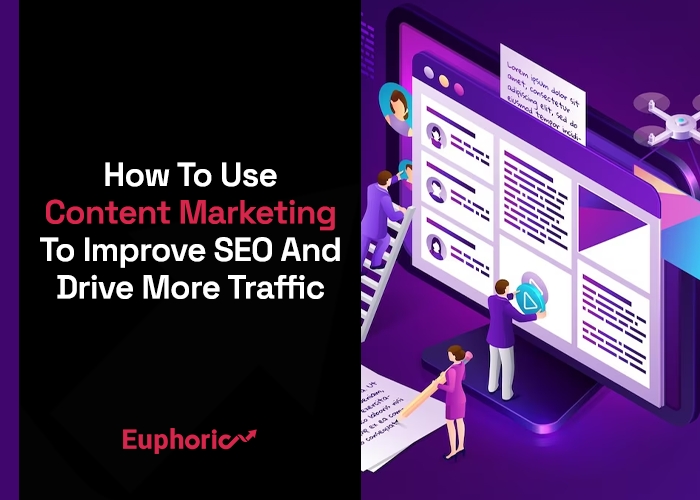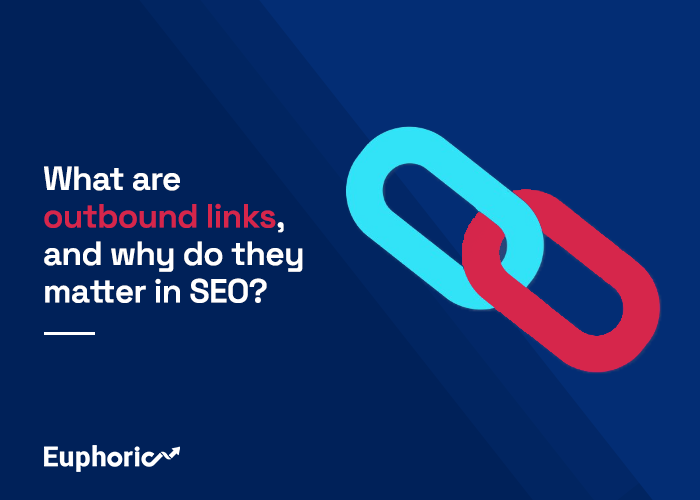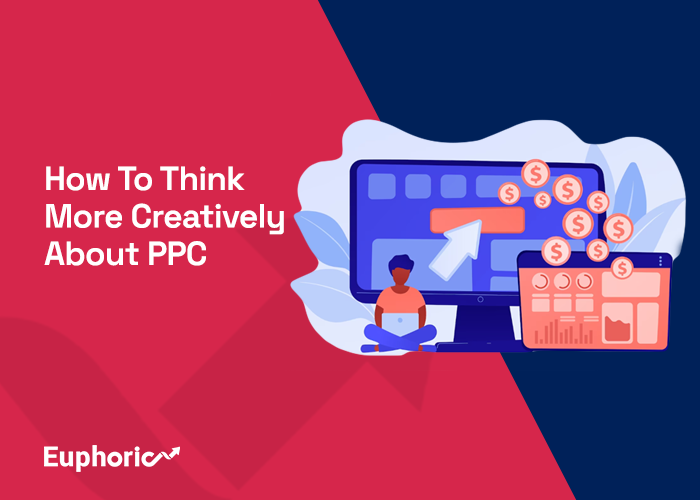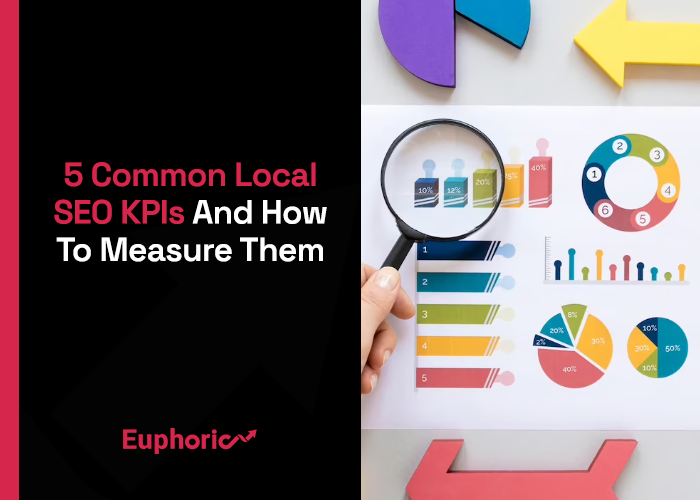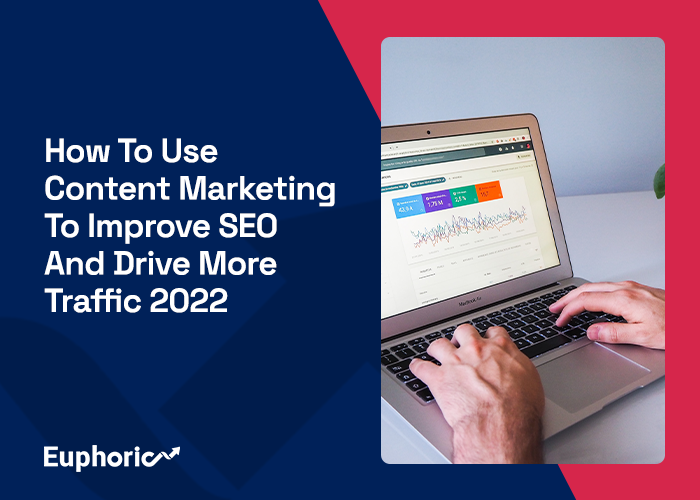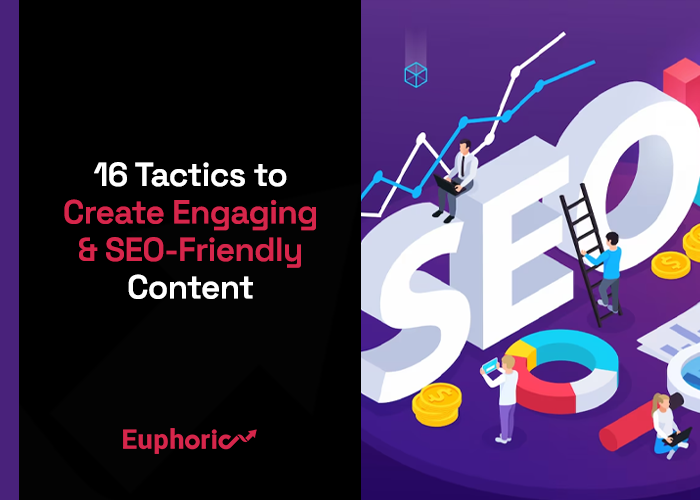How to Optimise Your PPC Workflow
We share some tips that you can use in your PPC campaign management to avoid unsuspecting dangers that can hinder the success of your paid search campaigns.
Learn how to optimise your PPC workflow and achieve the best results for your clients.
Managing paid campaigns is a lot like learning to ride a bike, in that it’s overwhelming to start with, but as you progress, it quickly becomes fun and second nature.
The key to excellent PPC account management is getting into a strong rhythm in your workflow.
Almost every campaign that we’ve inherited has a degree of inefficiency.
We have always been able to dramatically reduce spending or drive a significant increase in conversions for the same marketing budget because these common mistakes are being made:
- Data paralysis
- Using the wrong data metrics to guide the optimisation efforts
- Not testing
- Doing everything manually
If you want to avoid these pitfalls and optimise your PPC workflow, this article will show you how.
Overcome data paralysis
Analysis paralysis is the inability to act for the account’s good due to the fear of not having enough data, which often stems from not having confidence in the amount or validity of the data.
It’s important to remember that the learning periods for campaigns and optimisation changes can take 7-14 days in the best circumstances.
If your campaigns have been running for at least that period, you likely have some data to go on.
Some campaigns will have gathered less data due to budget or the scope, but as long as you have at least 1,000 impressions, you should be able to act.
It’s also essential that you don’t get into the habit of making too many changes in a short period. Remember that everything works symbiotically, and changing one thing can affect another.
Campaigns need their learning period, so be patient and give time to gather data.
When analysing the campaign data, make sure that you look at this across various timelines. We often see people focusing on day-to-day performances, leading to false positives and negatives.
As a starting point, we would suggest that you consider scheduling a once per week “check-in” on your campaigns to audit them for successes and opportunities to improve.
Use the right metrics to guide optimisation.
Understanding what’s happening in your campaigns is the key to confidently owning your workflow.
Metrics can be divided into:
- Directional: You need to take action based on this.
- KPI: This metric directly impacts the campaign and business success.
- Vanity: Nice to have and to know, but ultimately not necessary to action at this time.
Depending on the campaign objective and the advertising channel, some metrics will change categories.
For example, a search campaign is more likely to be focused on conversions and CPA. At the same time, a display campaign will focus on impressions, brand uplift and audience cultivation.
Ahead of any changes or campaign launches, it’s essential to factor in benchmarks for each channel.
The CTR on a video campaign should be lower than a search campaign, whereas the CPC should be higher on the search side.
Profitable testing
Testing is an essential component of the growth of any campaign. Not testing will lead campaigns to stagnation and eventual entropy.
Make sure that you implement a testing process against controls and variables. Once you decide what you’ll be testing, be sure you set specific success and fail measures.
Success measures and the strategic goals of a campaign should be agreed upon and have a fair amount of time to gather results. If the goals constantly shift to accommodate new initiatives, you won’t run a meaningful test.
We suggest that you budget for at least one to two months for your test. It’s unreasonable to ask lower volume campaigns to get 10,000 sessions in 30 days, just as it would be irresponsible for more extensive campaigns to call a test complete after 1-2 days.
Benchmark how long to run your test against how much traffic is regular for your campaign.
Pick a significant campaign component per quarter and stick to that variable. If you’re testing creative, be sure landing pages and campaign structure is the same. Campaign structure changes should have consistent creativity.
Automate tasks
The most significant area to improve your PPC workflow is automating tasks using management tools.
Automating tasks will free up time to focus on more profitable and strategic activities.
There are a variety of tools that will be useful to you, such as:
Summary
Creating an effective PPC workflow takes time. It is as much art as it is science.
The secret is looking at paid campaigns holistically.
While some standard best practices you can follow, a lot will come down to understanding how you process information and which tasks the best suit you.
Make sure that you take time to properly understand your marketplace, competitors and make sure that the campaign aligns with the business goals.
Best practices:
- Build-in time for the learning periods in all campaigns you launch or optimise.
- Don’t get sucked into day-to-day analysis, leading to false positives or negatives.
- Automate tasks and use 3rd party software to assist in your management. This will free up valuable time to focus on strategic and more valuable tasks.
Are you ready to smash it online?
Euphoric is a Google Adwords Agency based in West Sussex, with a proven track record in delivering sustainable results through PPC.
If you want to find out how we can help you with your paid search campaigns and strategies, we would love to learn about your next project.
















